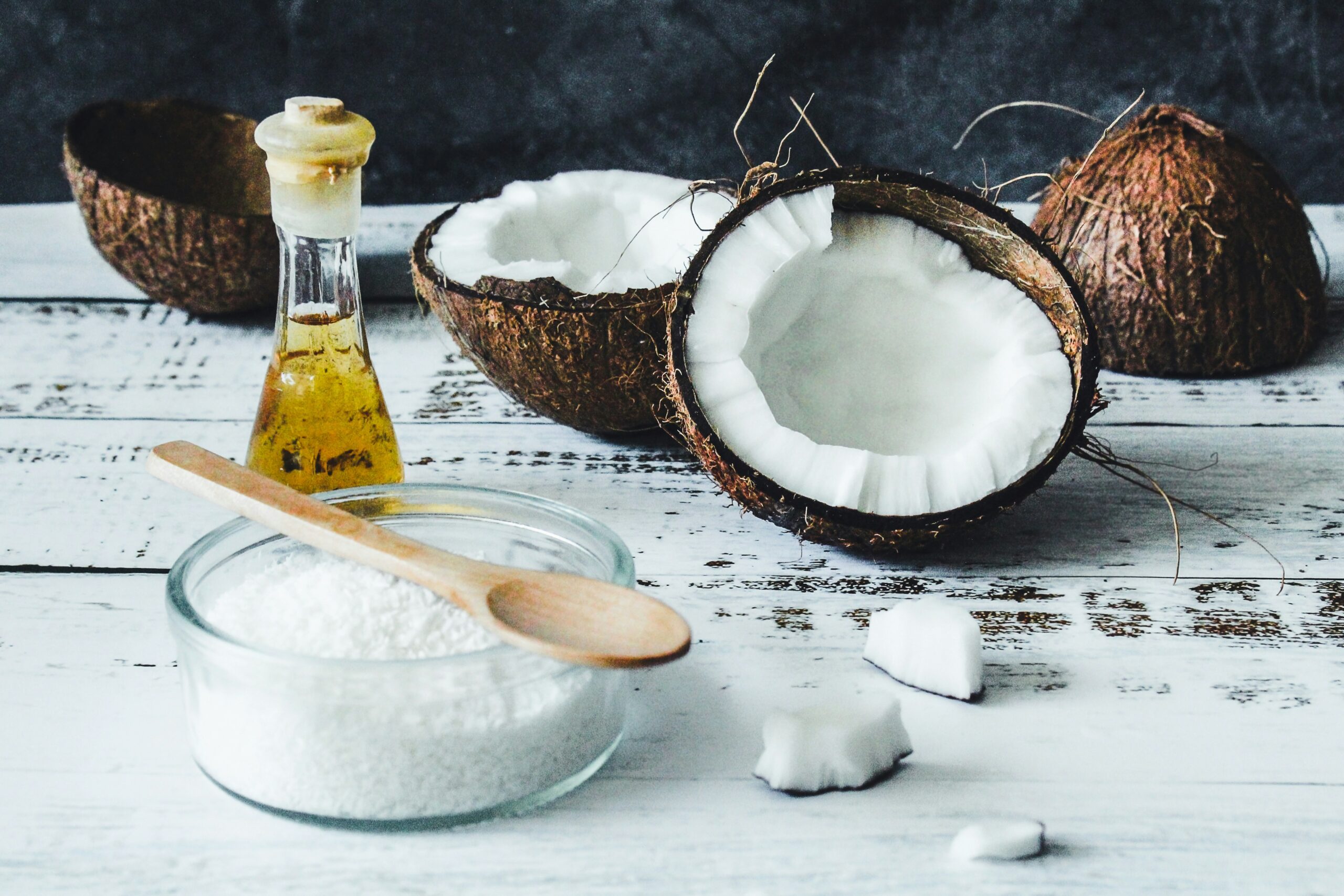

Introduction to superfoods
Superfoods are everywhere these days. You’ll find them in trendy cafes, health food stores, and even on your social media feed. But what exactly qualifies a food as “super”? And do they really live up to the buzz surrounding them? From acai berries to kale, the claims about their benefits often sound too good to be true. With so much conflicting information out there, it’s easy to feel overwhelmed. Are these foods worth incorporating into your diet or just another fad that will fade with time? Let’s peel back the layers of this superfood phenomenon and uncover the truth behind the hype.
Popular superfoods and their supposed benefits
Superfoods have taken the health world by storm. You’ve probably heard of the most popular ones, like kale, quinoa, and acai berries.
Kale is often hailed as a nutritional powerhouse. It’s rich in vitamins A, K, and C. Many believe it can help with inflammation and heart health.
Quinoa has gained fame for being a complete protein source. It’s packed with amino acids, making it a favorite among vegetarians and fitness enthusiasts alike.
Then there are acai berries. These small fruits are touted for their antioxidant properties. They’re thought to combat oxidative stress and promote healthy skin.
Don’t forget about chia seeds! Loaded with omega-3 fatty acids and fiber, they’re supposed to enhance digestion while keeping you full longer.
While these foods sound appealing on paper, it’s essential to dig deeper into what they really offer beyond the buzzwords often associated with them.
The science behind superfoods: separating fact from fiction
Superfoods have gained a lot of attention, but the science behind these nutrient-packed foods isn’t as straightforward as it seems. Many claims surrounding them often lack robust scientific backing.
Take acai berries, for instance. They’re touted for their high antioxidant content, yet research shows that other fruits like blueberries offer similar benefits at a fraction of the cost.
Another example is kale. While it’s rich in vitamins and minerals, its superfood status can overshadow equally nutritious options like spinach or Swiss chard.
It’s crucial to evaluate studies critically. Some are conducted by companies with vested interests in promoting specific superfoods.
Nutritional value exists across a broad spectrum of foods. Hence, relying solely on “super” options may limit your dietary diversity and overall health benefits. True wellness comes from balance rather than chasing trends dictated by marketing hype.
Possible downsides of incorporating superfoods into your diet
While superfoods often steal the spotlight, they’re not without their drawbacks. One major concern is cost. Many so-called superfoods carry a hefty price tag that can strain budgets.
Then there’s the risk of over-reliance. Some people might prioritize these foods at the expense of a balanced diet, thinking they can substitute for other essential nutrients.
Allergies and sensitivities also come into play. Foods like quinoa or chia seeds may be healthy but can provoke adverse reactions in some individuals.
There’s the issue of accessibility. Not everyone has easy access to exotic superfoods found in specialty stores, which can leave many feeling left out in health conversations.
It’s crucial to recognize that while these foods have potential benefits, they should never overshadow a diverse and well-rounded diet.
Alternative ways to get necessary nutrients without relying on superfoods
Relying solely on superfoods can overlook the beauty of a balanced diet. Diverse food options exist that provide essential nutrients without the hype.
Fruits and vegetables are key players. Seasonal produce often packs more vitamins, minerals, and antioxidants than trendy items. Think leafy greens, sweet potatoes, or berries—nature’s snacks.
Whole grains like quinoa, brown rice, and oats offer fiber alongside crucial nutrients. They not only fill you up but also support digestion effectively.
Legumes such as lentils and chickpeas deliver protein along with iron and folate. Incorporating these into meals might be easier than seeking out exotic superfoods.
Don’t forget healthy fats! Avocados, nuts, seeds, or olive oil contribute omega-3s necessary for brain function while enhancing overall wellness.
A well-rounded approach to nutrition celebrates variety instead of fixation on specific foods. Enjoying everyday ingredients can yield impressive health benefits in their own right.
Conclusion: the verdict on whether or not superfoods are worth the hype
Superfoods have captured the imagination of health enthusiasts worldwide. Their vibrant packaging and eye-catching marketing often lead us to believe they hold the key to better health. However, while some superfoods are indeed packed with nutrients, many claims about their miraculous benefits tend to be exaggerated.
The science is clear: no single food can provide all the nutrients we need. A balanced diet full of variety is essential for optimal health. Relying solely on superfoods can lead us to overlook other equally important foods that may not carry the “super” label but still offer a wealth of nutritional benefits.
Incorporating superfoods into your meals can certainly add vibrancy and diversity; just remember, it’s all about balance. Focus on whole foods like fruits, vegetables, grains, nuts, and seeds as your primary sources of nutrition. If you enjoy kale smoothies or chia seed puddings, go ahead—just don’t expect them to work miracles.
So where does that leave us? Superfoods can be a fun addition to our diets when approached with realistic expectations and an understanding of their role in overall nutrition. They aren’t bad by any means; they simply shouldn’t be viewed as a shortcut or solution for poor dietary choices.
Whether superfoods are worth the hype depends largely on how you choose to incorporate them into your lifestyle. Embrace their potential but remember that true wellness comes from a well-rounded approach to eating rather than chasing trends alone.
